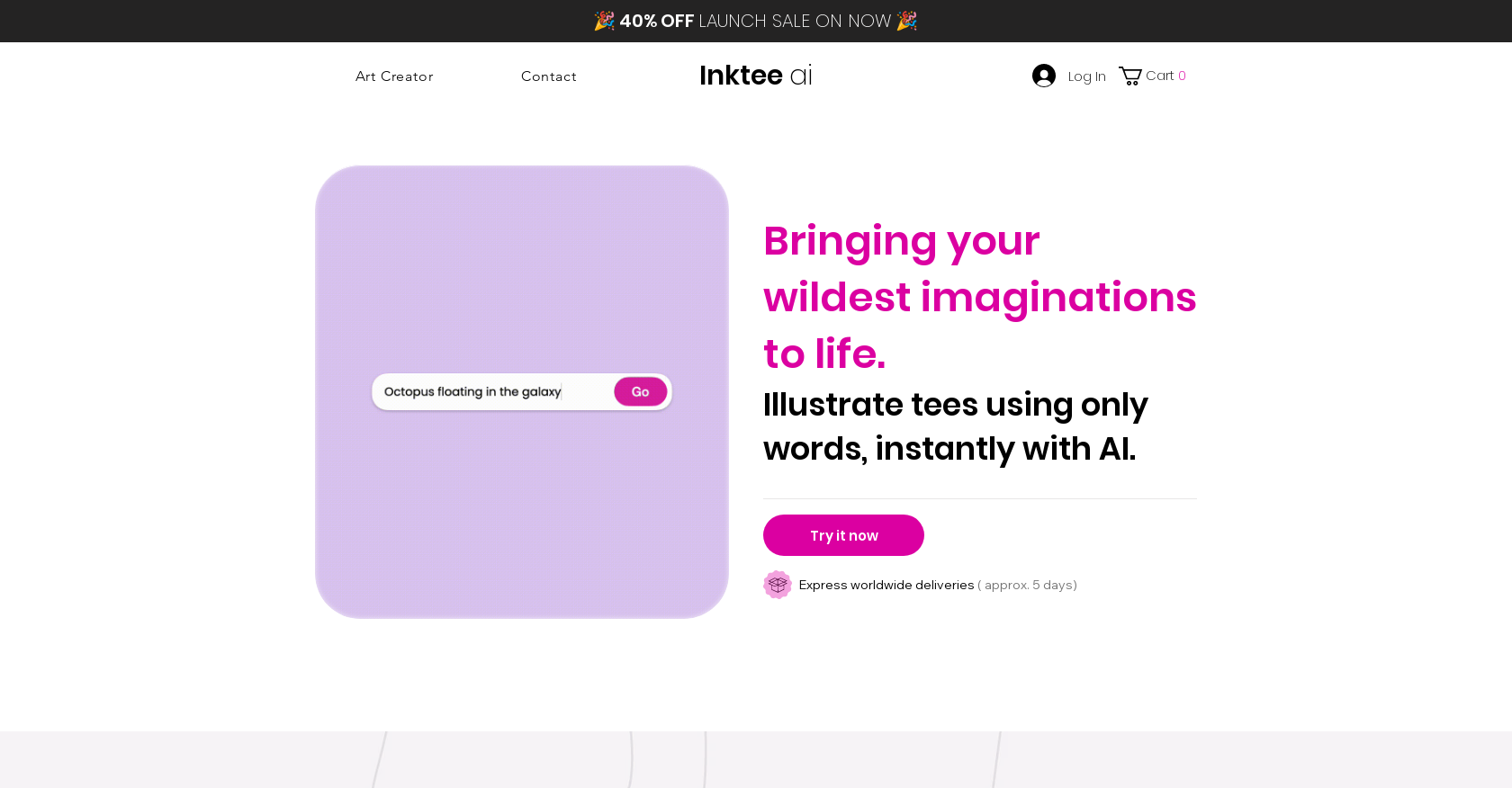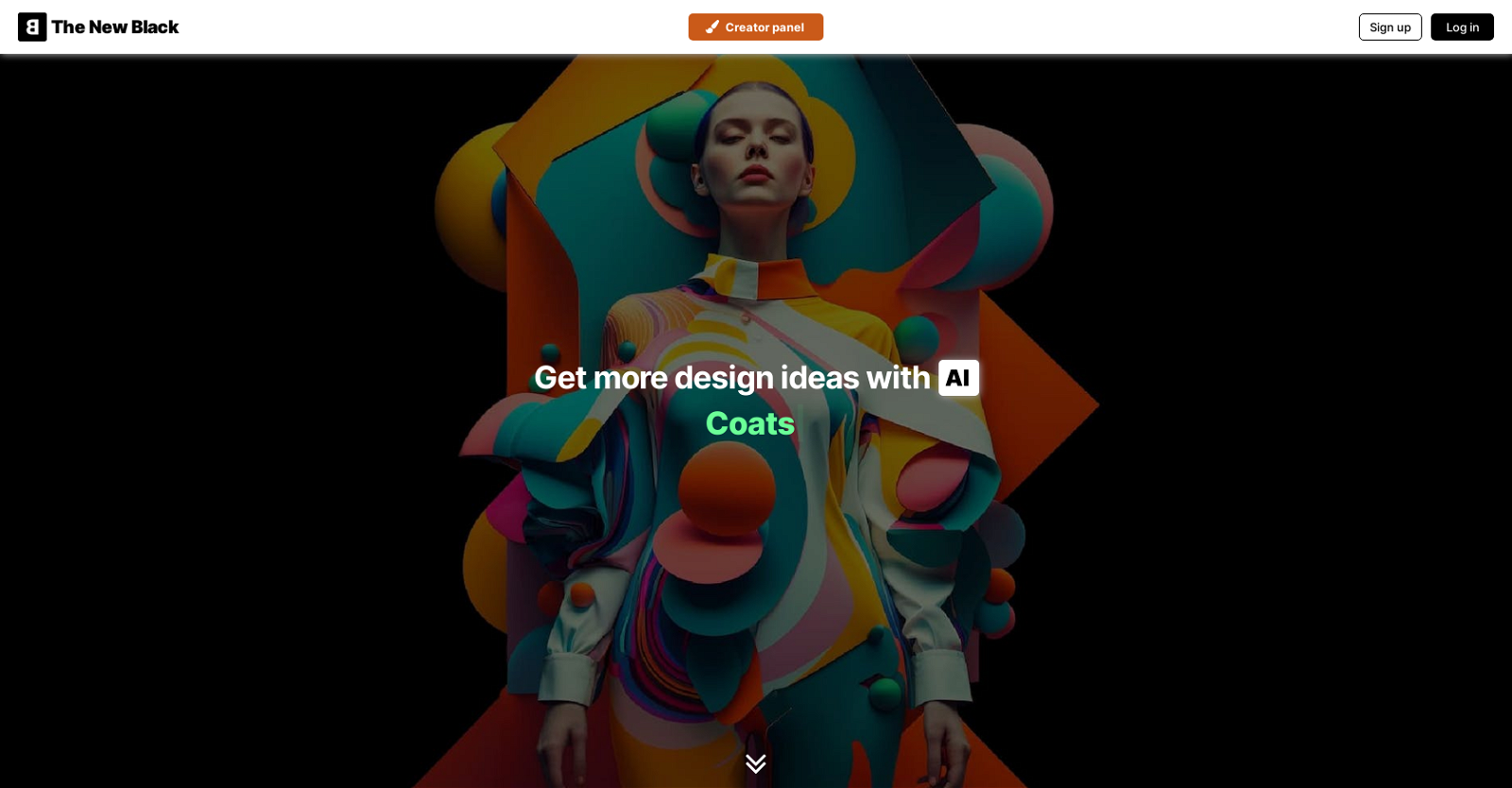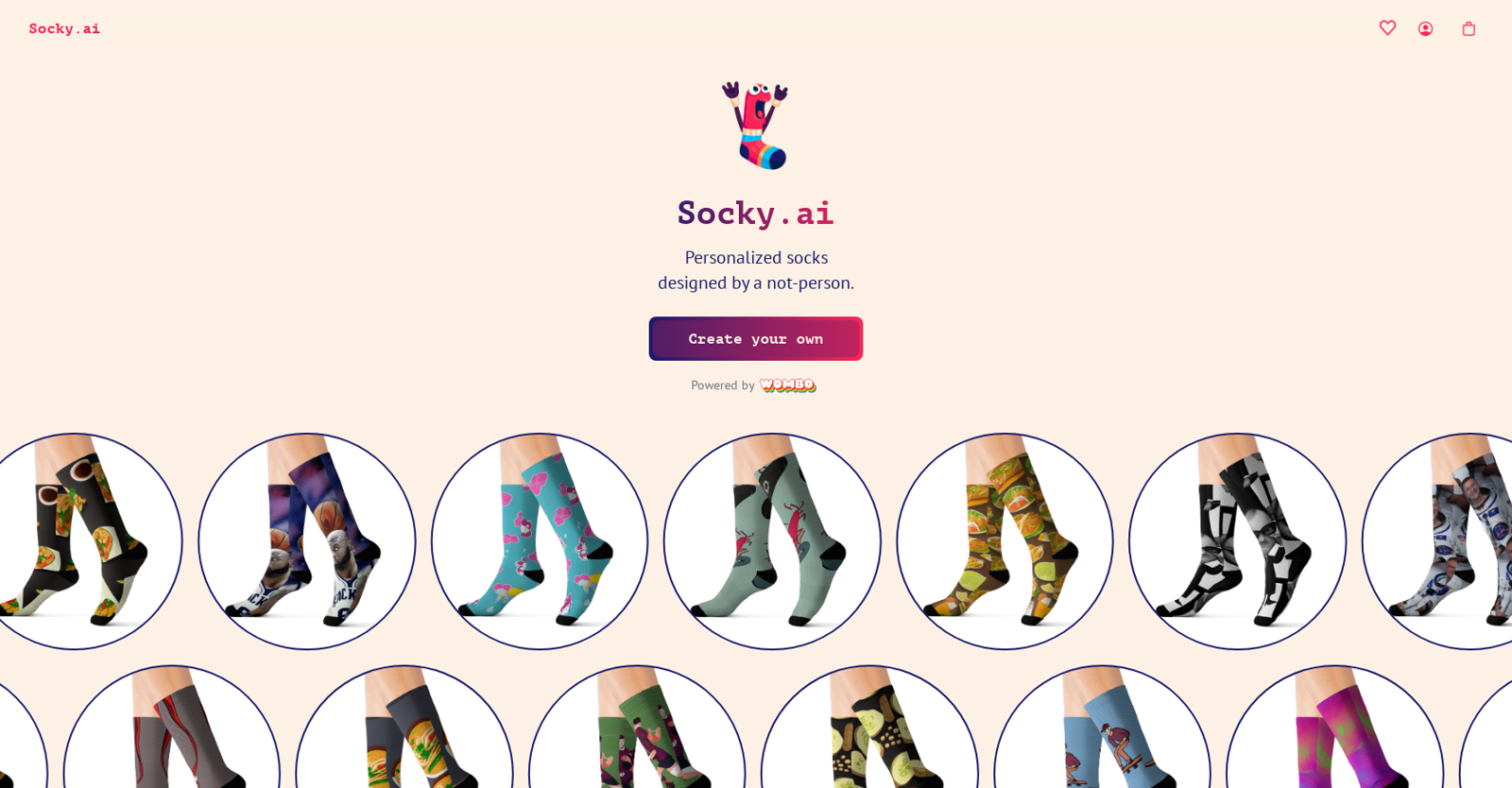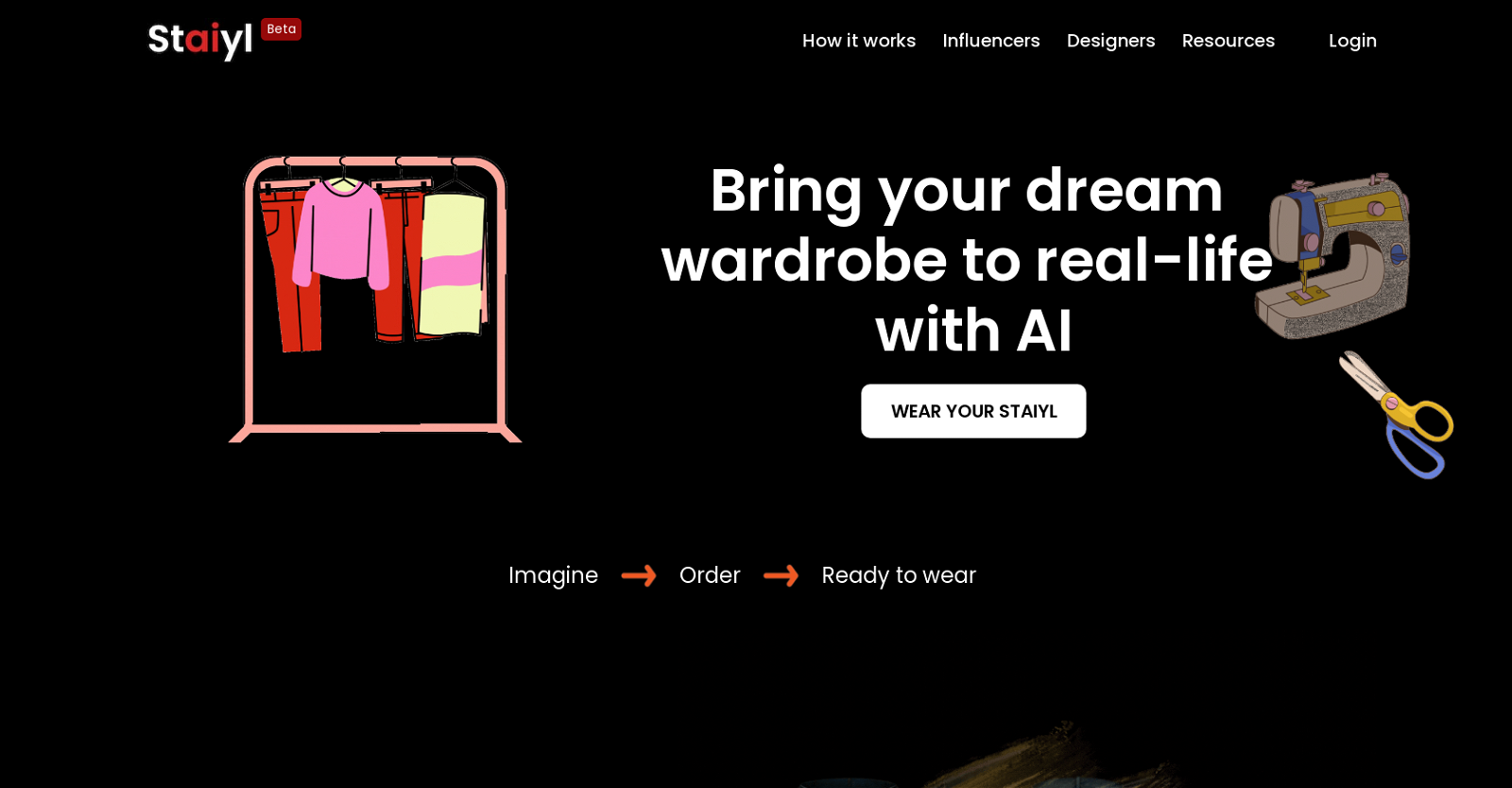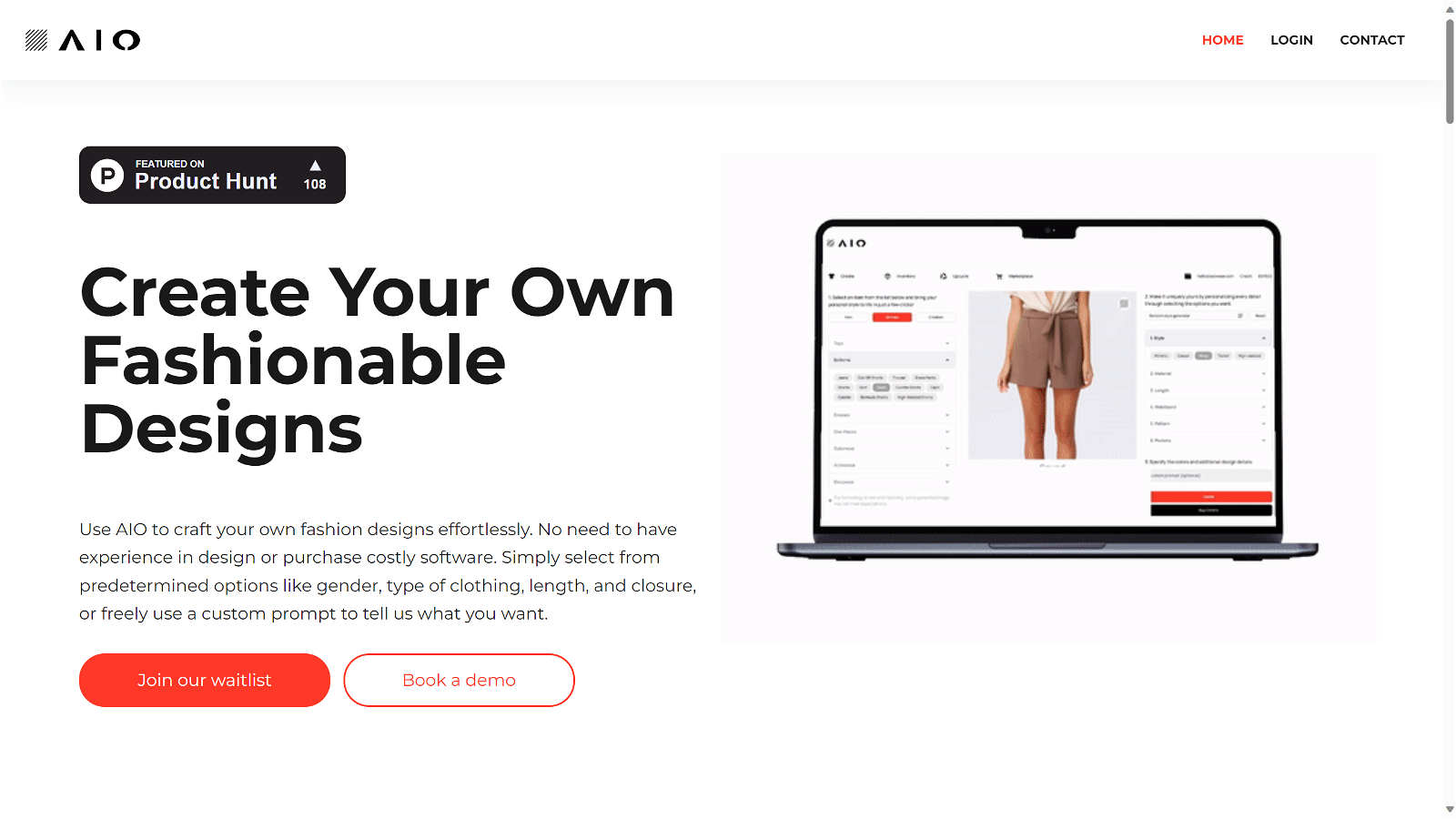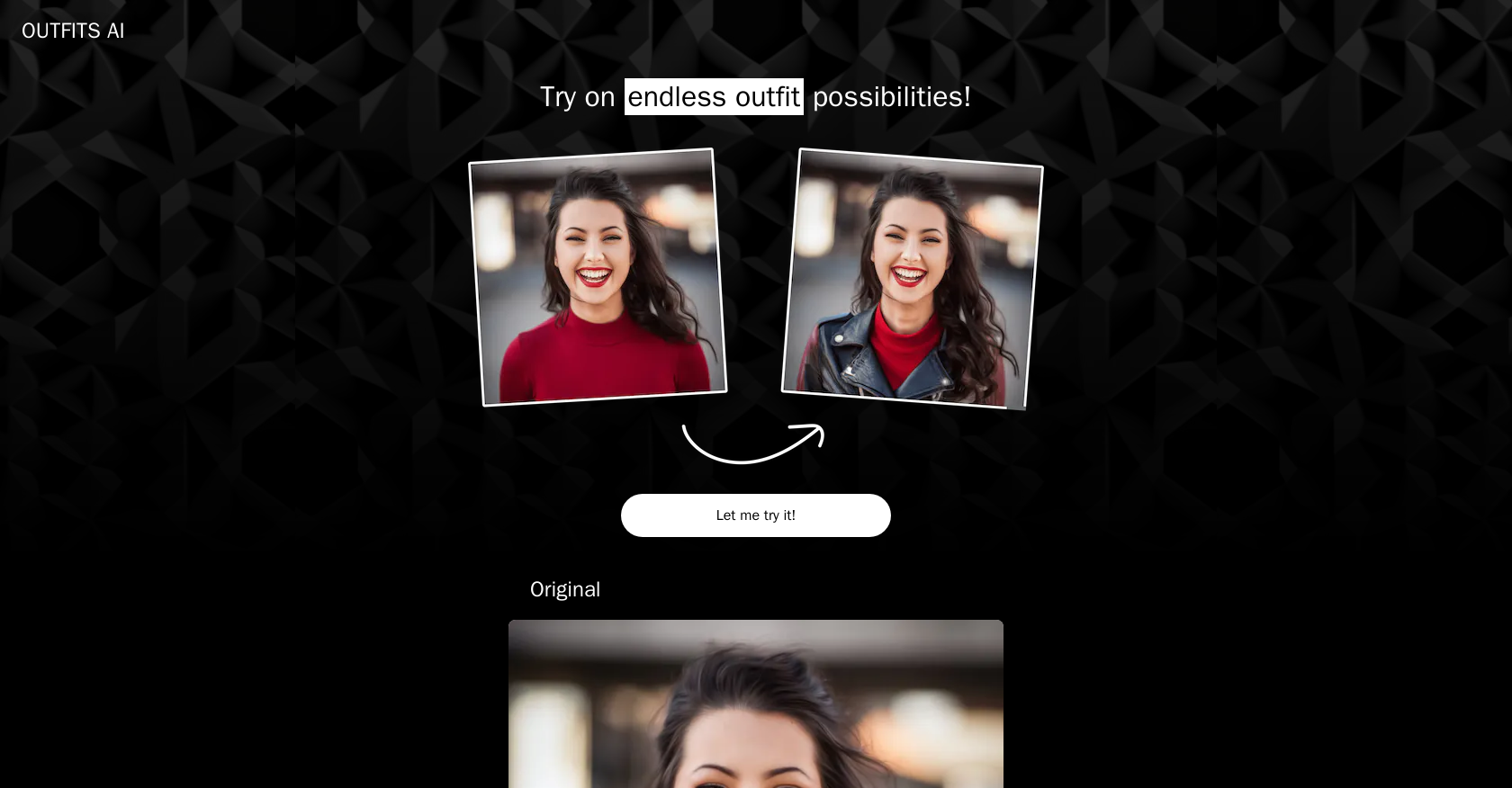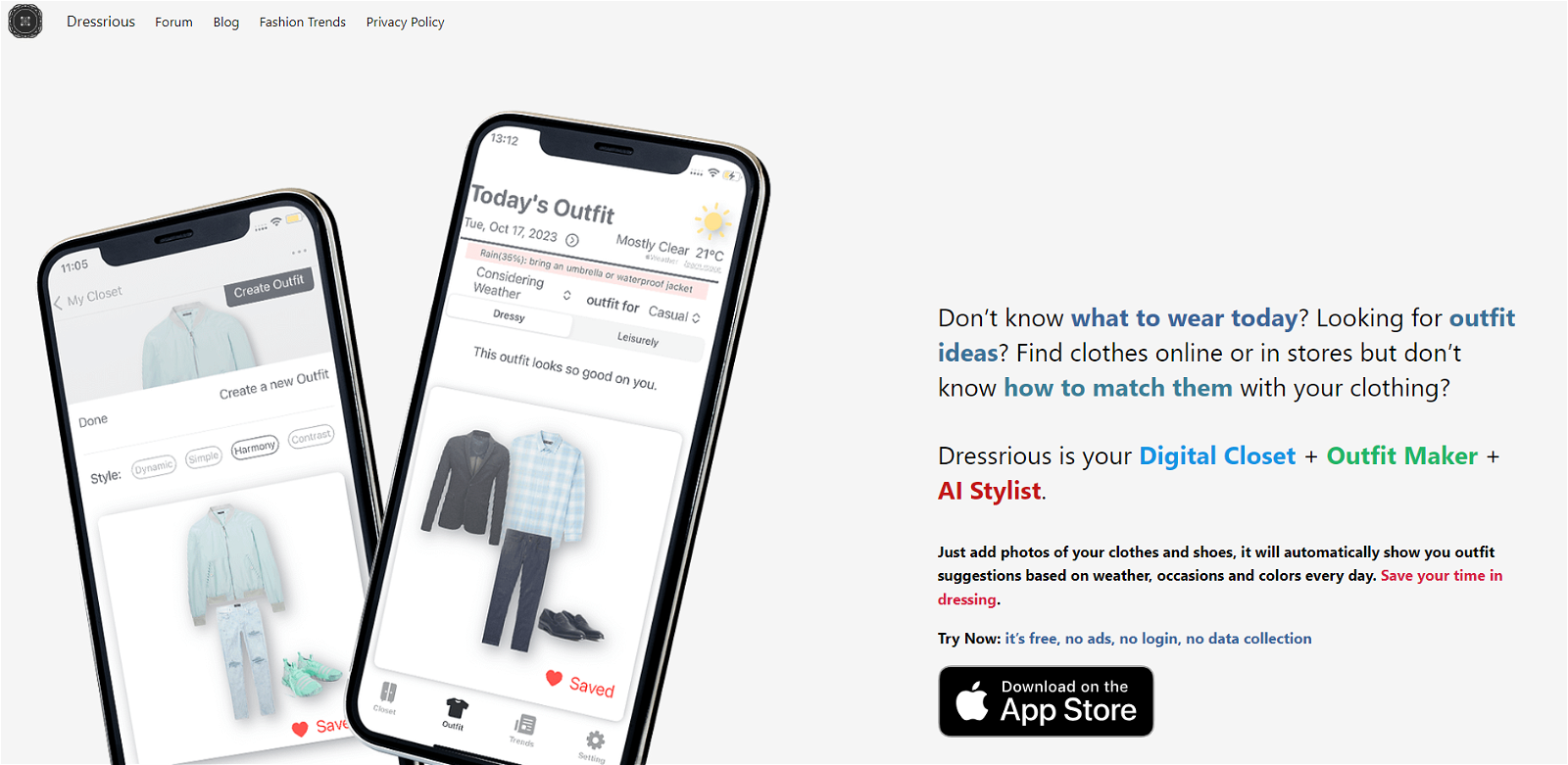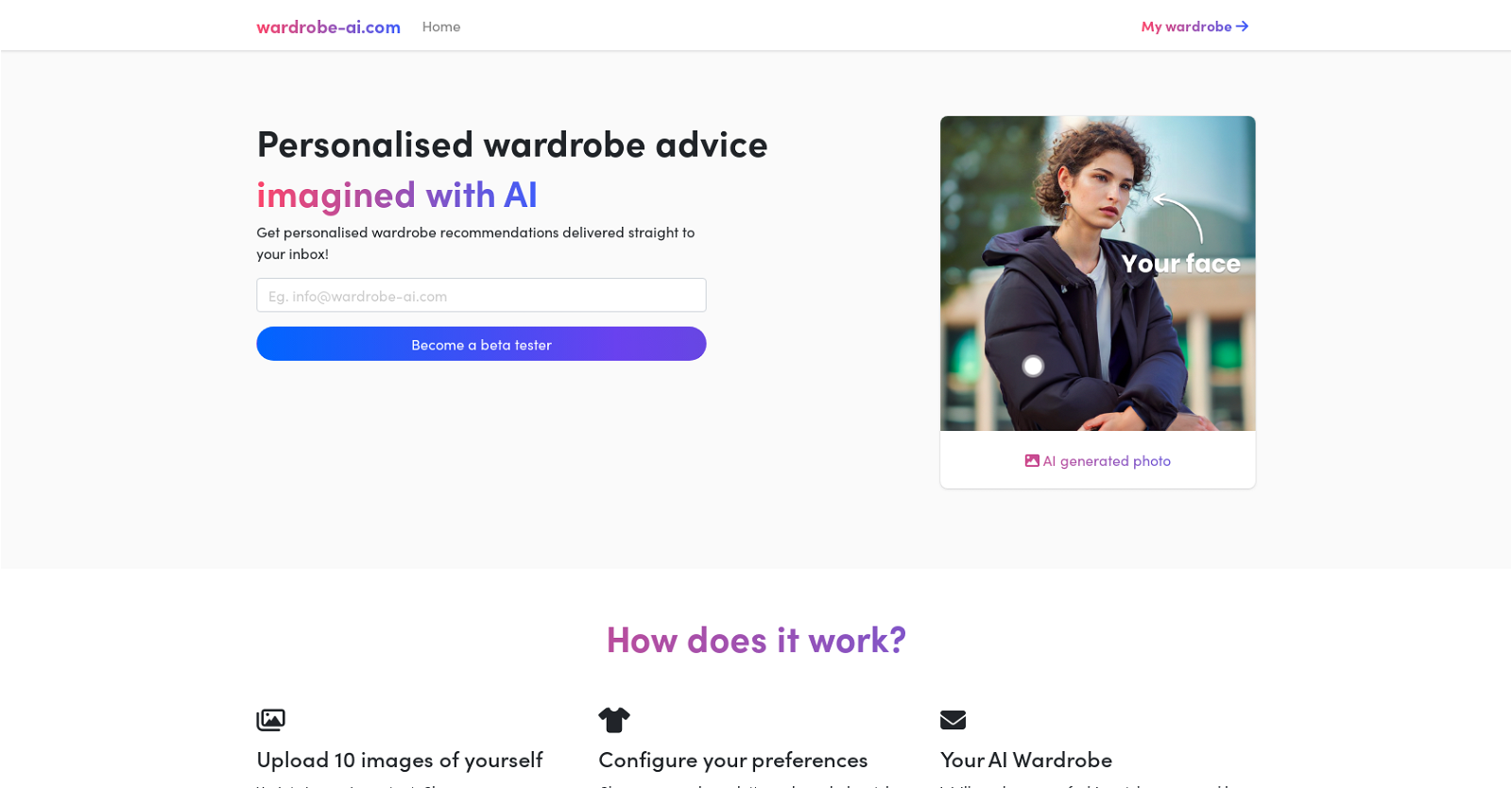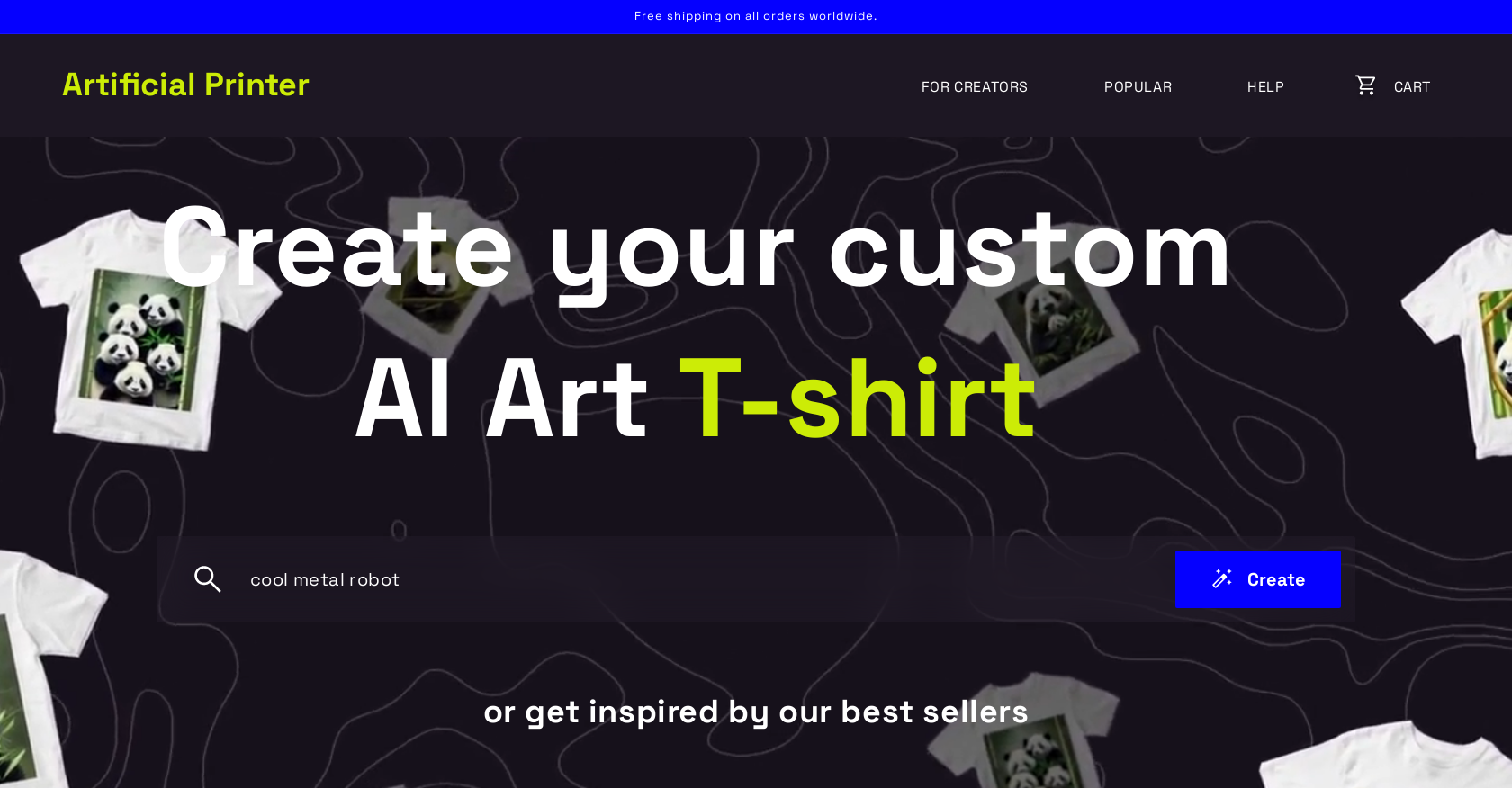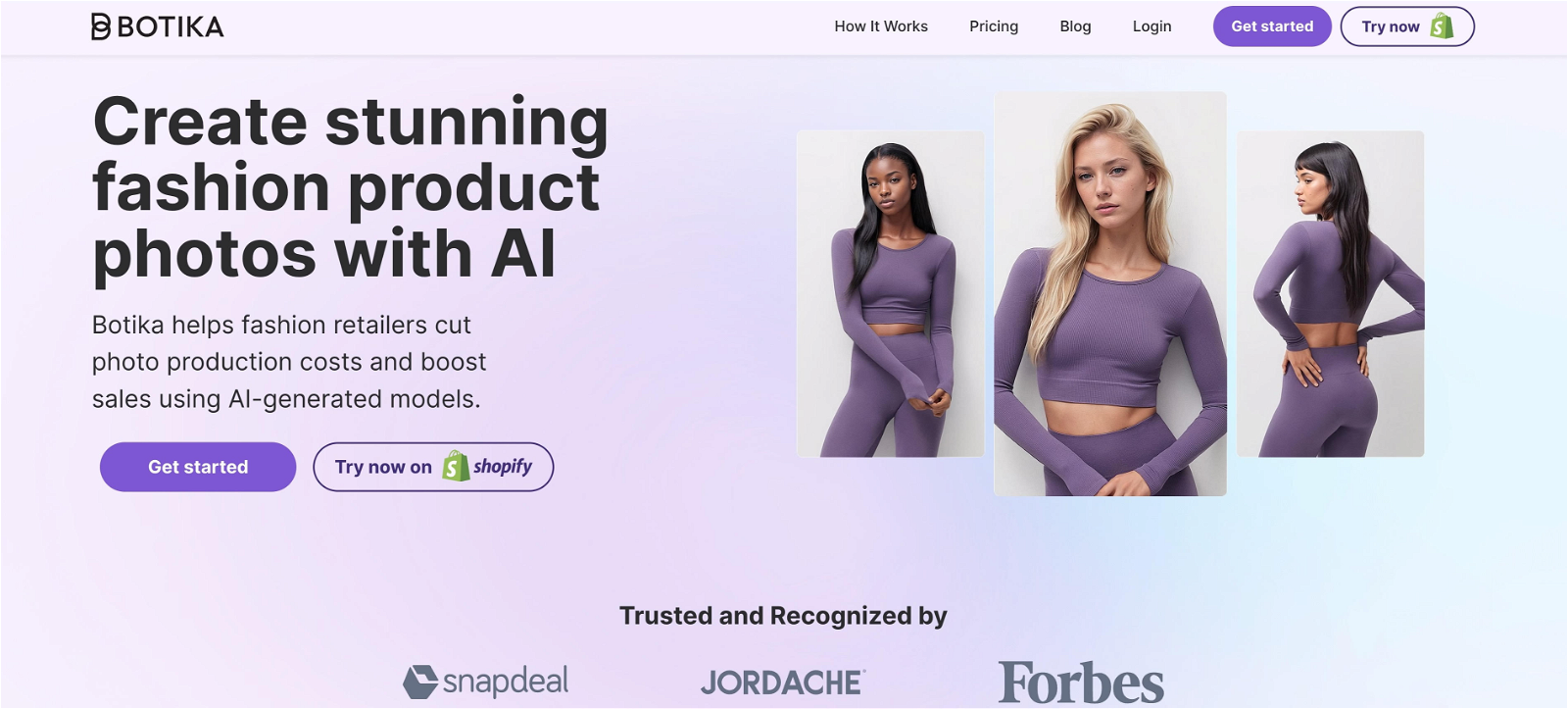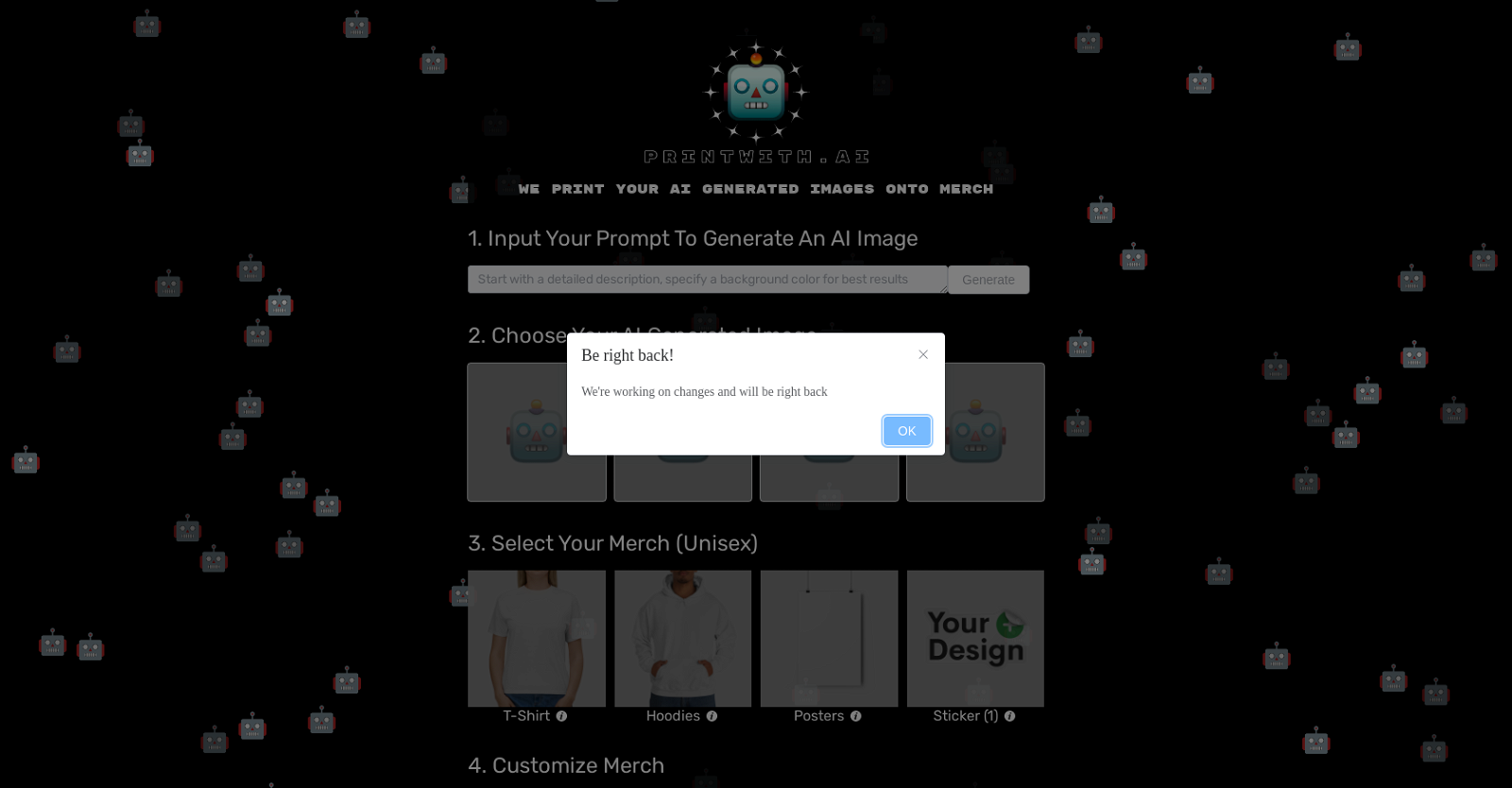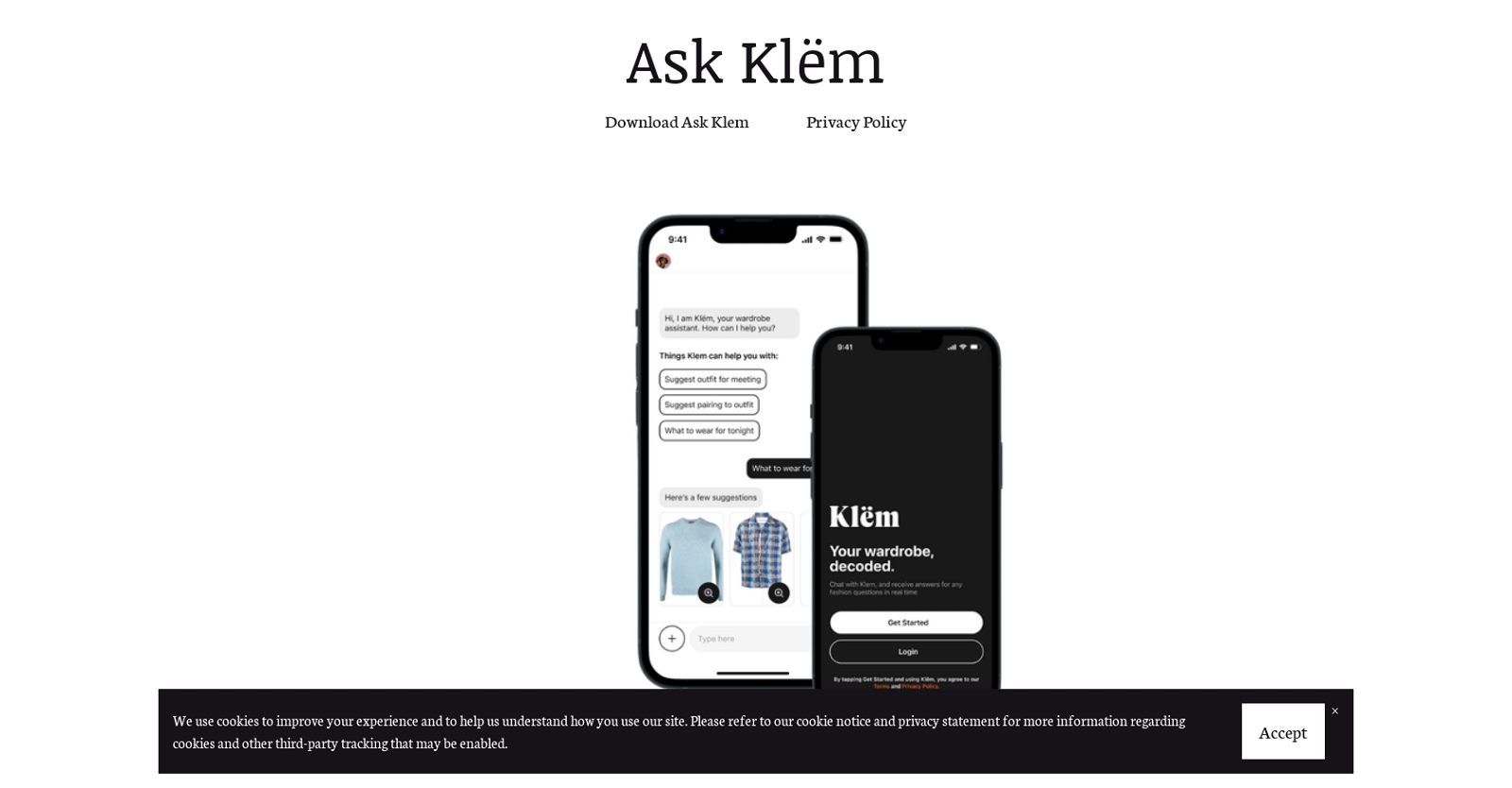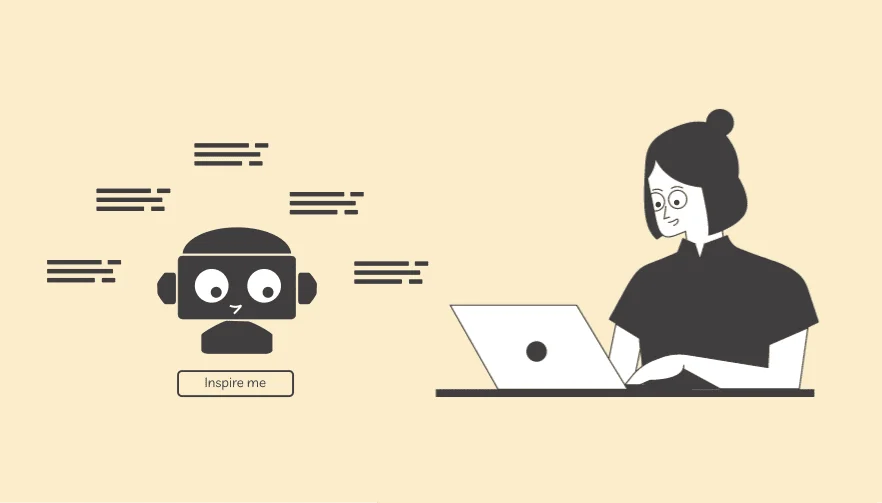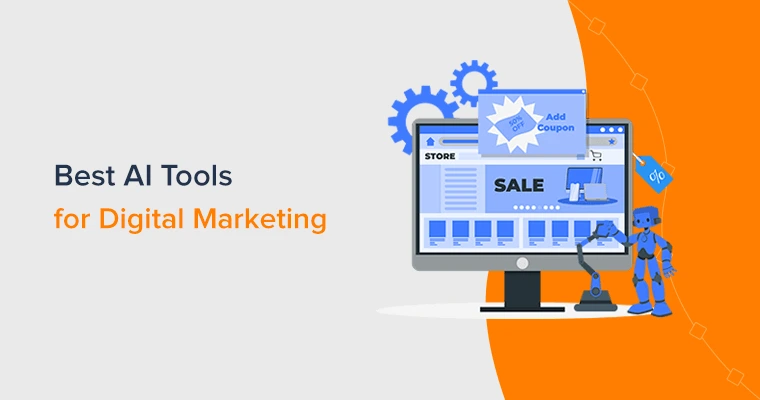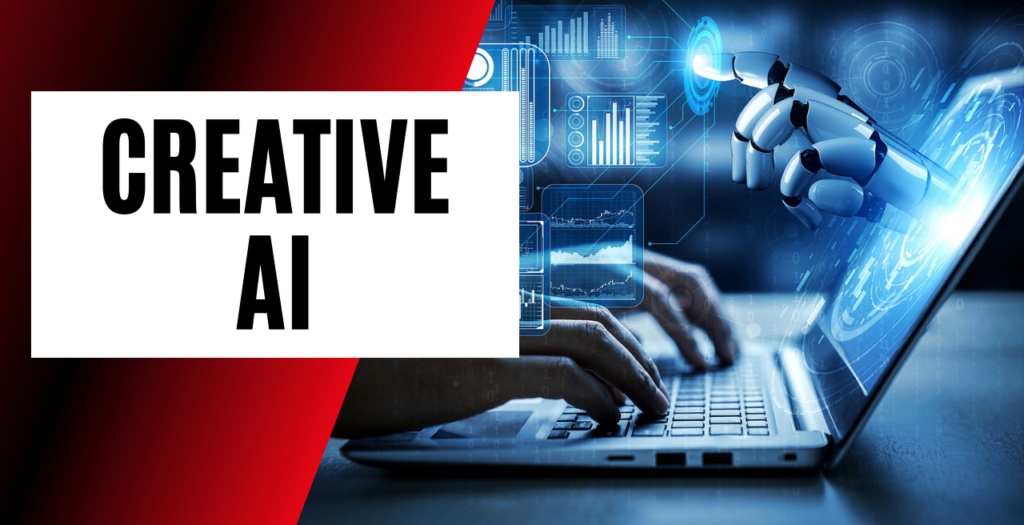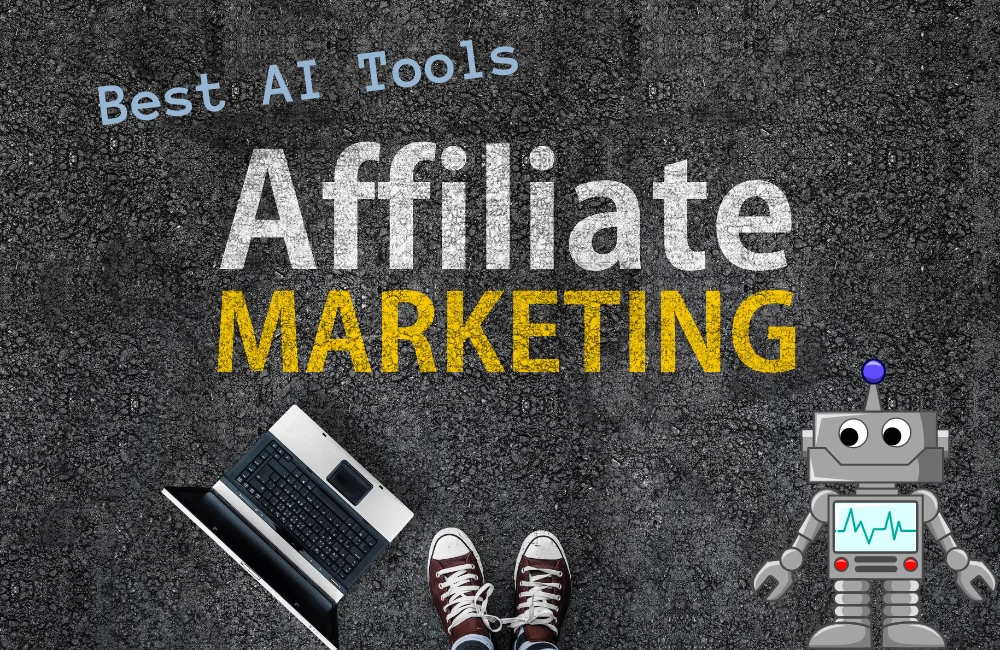Fashion AI Tool
The fashion graph is very dynamic, as sellers it is important to know what the customers are looking for. It takes a lot of work and creativity to design new styles, predict the next big trend, and usher in new, visually appealing looks. Add to that, satisfying customer demands yet remaining one step ahead of competitors can get overwhelming.
This is where the game-changer Fashion AI Tools comes into the picture. AI tools can identify real-time fashion trends, making it easier to see what’s popular and what customers want. It can also help in producing unique designs by formulating ideas and patterns using prevailing styles or even anticipating future trends.
Also Fashion AI Tools can make it easier to showcase new fashion looks with virtual try-ons, customised suggestions, and imaginative promotional strategies. It frees up time, minimizes guesswork and allows us to concentrate on providing what customers crave — fresh, on-trend and sustainable fashion choices.” With Fashion AI Tools, we can run faster in the fast-expanding universe of fashion and relate to our audience in clever and more creative ways.
Table of Contents
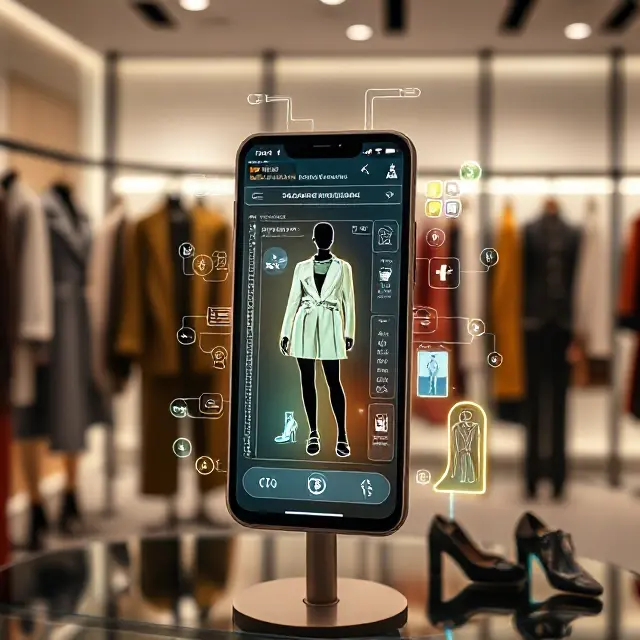
Explore Top Fashion AI Tools
Inktee
The New Black
Socky
Staiyl
AIO
Outfits AI
Dressrious
Wardrobe
Artificial Printer
Botika
PrintwithAI
Ask Klem
What Are Fashion AI Tools?
Fashion AI tools are trained AI programs that help to make the fashion industry more intelligent, more seamless and ideally reflecting the needs of the modern consumer. The tools utilize machine learning, data analysis and artificial intelligence to support both consumers and businesses across the fashion ecosystem. For consumers, fashion AI tools simplify the shopping process with personalized suggestions for clothes, virtual fitting rooms, and style advice according to their tastes, body types, and history of purchases. By processing enormous data sets, these programs also predict trends, so that consumers can be among the first to know about the latest fashion. From a commercial perspective, fashion AI tools reduce the time and resources needed for inventory handling, customer service, designing and marketing. Through this innovation, brands are also capable of truly understanding their customers’ behavior, preferences, and demands leading to a more efficient and responsive fashion system.
Old vs. New Tools in Fashion
Fashion, historically, was driven by craft — skilled artisans, tailors and designers who made things by hand by human beings — and bespoke pieces tailored to the taste of individual consumers. Fashion was frequently individualised, and handcrafted garments played a significant role in production. Fashion creators were left with manual tools that emphasized accuracy and craftsmanship. Sewing machines were a game changer during the industrial revolution, enabling mass garment production, but the process was still labor intensive and relatively slow.
However, the fashion industry has come a long way with the emergence of technology. Today, we have Fashion AI tools semi-automating, and even fully automating, different technologies in the field, which use data to respond to the right trends, and reduce the amount of time and effort it takes to produce the looks on the shelf. Unlike traditional techniques, which depended on designers’ intuition and experience, Fashion AI tools rely on massive amounts of consumer data and algorithmic predictions to guide design choices. These innovative tools have accelerated, made the fashion process more efficient and accessible, and brought the industry into the 21st century.
Key Features of Fashion AI Tools
Fashion AI tools have features that are hard to ignore and very useful to consumers and businesses today. Here are some of the key benefits these tools bring:
- Personalized Recommendations: One of the most leading features of fashion AI tools is the ability to offer personalized product recommendations. These tools examine consumer behavior, including previous purchases, preferences and browsing history, to recommend products that match an individual’s preferences. Personalized recommendations are geopolitics of shopping, catering consumers with personalized experience that doesn’t need to make consumers feel overwhelmed with thousands of item pages.
- Virtual Try-Ons : Virtual try-on solutions can show consumers what clothing will look like on them before buying. These tools leverage augmented reality (AR) and computer vision to map a user’s body shape and size and then superimpose the selected garments over a user’s image. This innovation is especially helpful for online shoppers, who are unable to try on their clothes before buying. Virtual try-ons have the potential to lower return rates, as well as improve customer satisfaction by building trust in online purchase.
- Design Assistance : AI tools that help the creative process can also be beneficial to fashion designers. They can analyze patterns, textures, colors and trends to suggest up-and-coming ideas to designers or help predict what designs will be the biggest hit in the future. In addition to this, some AI tools come with design inspiration that creates designs based on past data and market trends, so designers and brands don’t fall behind on what’s next in fashion.
- Inventory Management : For fashion retailers, inventory management is a key area in which a success or a failure can be made. Through predicting demand, optimizing supply chains, and automating the replenishment process, retailers can use AI-powered tools to maintain their stock levels. This helps prevent overstocking and understocking, which can lead to waste and less profit.
- Sustainability Support : Fashion AI tools define crucial role in promoting sustainable fashion practices. These tools assist brands in waste reduction through enhanced production processes, increased supply chain efficiency, and greater adoption of sustainable materials. AI can, for example, analyze demand patterns with greater accuracy and prevent overproduction or excess inventory that goes to landfills. AI can also help create clothing that is made with fewer resources, in turn minimizing the estimated environmental impact of the fashion world.
World Top Fashion AI Tools
- Maverick – Maverick can generate AI-generated videos to create hyper-personalised customer experiences for fashion brands.
- YesPlz : YesPlz is a virtual personal shopper that provides users with product recommendations highly tailored to their preferences and shopping history, making it one of the best AI-powered product recommendation tools available.
- VisualHound : VisualHound serves as an essential AI partner for fashion designers, offering a variety of unique features that serve as a transformative trigger for fashion brands.
Benefits of Fashion AI Tools
On the consumer level, the fashion AI tools can aid the industry in many ways to become more convenient, personalized, and even sustainable. Here are some of the benefits:
- Tailored Shopping Experience : Consumers get a smoother shopping experience through increased personalization. Whether it is through personalized recommendations, virtual try-ons, or even bespoke designs, Fashion AI tools allow consumers to discover products that suit their individual tastes and preferences. This helps improve the shopping experience and keep them happy, building brand loyalty.
- Time-Saving : One of the greatest challenges of shopping — and particularly an online experience — is the sheer number of options that exist. Fashion AI tools are time-efficient since they help the consumer quickly get products in line with their likes and dislikes. Personalized recommendations and search filters help shoppers narrow their options and find what they want in a fraction of the time it would take without AI to assist.
- Enhanced Efficiency for Enterprises : For retailers and brands, AI tools reduce many to-dos in operations, from inventory management to customer service and marketing. Automation and data-driven decision-making can drive operational efficiency, reduce costs, and enable enterprises to predict and meet customer needs more effectively. This leads to increased sales and better profitability.
- Sustainability : Consumers increasingly worry about the environmental impact of their purchases, and AI tools help businesses operate more sustainably. The fashion AI tools promote sustainable fashion as brands can now achieve a balance in their production, waste management, and ethical sourcing — giving them the upper edge in the ever-so-growing demand for sustainable, eco-friendly, and socially responsible fashion.
Fashion AI Tools in Action
From design to retail to consumer experience, fashion AI tools offer a wealth of practical applications across the fashion value chain. Here are some of the primary uses of these tools:
- Recommendation Systems Applied to Online Retail : AI Tools used in Online RetailMicrosoft and Google offer Azure and GCP based AI Tools that help online retailers recommend products based on customer preferences, browsing behavior, and past purchases enticing to buy more. This personalized strategy, in turn, facilitates and simplifies consumers in discovering new products that may not have other ways to discover, thus generating more opportunities and increasing sales.
- AI-Powered Design Tools : Designers employ AI tools to generate new collections by tracking trends, fabric selections, and consumer dialogue. Some of the tools even create design ideas or color palettes from trends in the market and historical data, helping the designers stay ahead of the competition.
- Creating Custom Clothing and Accessories : AI tools allow customers to customize clothing by providing options for personalized details like color, fit, and fabric. Additionally, some tools allow users to fully customize entire pieces of clothing (like tees or socks) and control the design themselves.
- Solutions for Inventory Management and Forecasting : AI tools is used by retailers to anticipate demand and adjust stock. These tools assist in preventing both stockouts and overstocking, so that products are available when required, but waste is also reduced because of unsold goods.
Factors Contributing in the Adoption of Fashion AI Tools
There are a few reasons for the fashion industry to use fashion AI tools widely. The most significant include:
- Increasing Need for Personalization : Consumer increasingly demand a personalized shopping experience. Through customization, virtual try-ons, and personalized design solutions, fashion AI tools can help address these expectations, opening up a new and engaging shopping experience.
- Rise of Online Shopping : The boom in e-commerce puts pressure on online retailers to deliver ever more convenient, engaging, and personalized experiences. AI tools delivering virtual try-ons, smart suggestions, and bespoke designs are increasingly critical for online retailers to remain competitive.
- Focus on Sustainability : Fashion AI Tools help the brands to solve a sustainable fashion demand and adopt the eco-friendly approach. It allows fashion companies to improve their production processes, reduce waste, and provide better information on whether they are sourcing materials responsibly, aligning them with the values of environmentally-conscious customers.
Future scope of Fashion AI Tools
New fashion AI tools and innovations will likely continue to have a bright future ahead. With the advancing technology in AI, the working of these tools would be increasing great deal of efficiency. More in-the-moment style suggestions, increased personalization abilities and enhanced sustainability functionalities can be anticipated. Meanwhile, as AI merges with wearables and smart fabrics, we will see new and exciting possibilities for innovation in the fashion world, bringing even more personalization and immersion to consumer experiences. In conclusion, tools such as fashion AI will help redefine the industry and bring about a new pattern of making fashion more accessible, sustainable, and in line with the prevailing trends of modern-day customers.
Conclusion
The fashion AI tools have reshaped the future of (fashion) shopping, design and production. These tools make fashion more personalized, efficient, and sustainable by tackling the issues both consumers and businesses struggle with. From personalized recommendations to virtual try-ons and inventory management, fashion AI tools are now playing a huge role in shaping the industry’s future. As these tools become even more sophisticated and more widely adopted, they will continue to drive innovation and help the fashion world meet the needs of a tech-savvy and environmentally responsible audience.
Related Categories
Explore 1000+ AI Tools in related categories
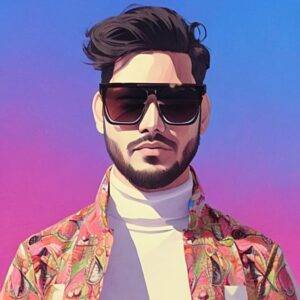
Get Exclusive AI Tips
Receive the same AI tips that helped me to make $37,605 in just two weeks!

